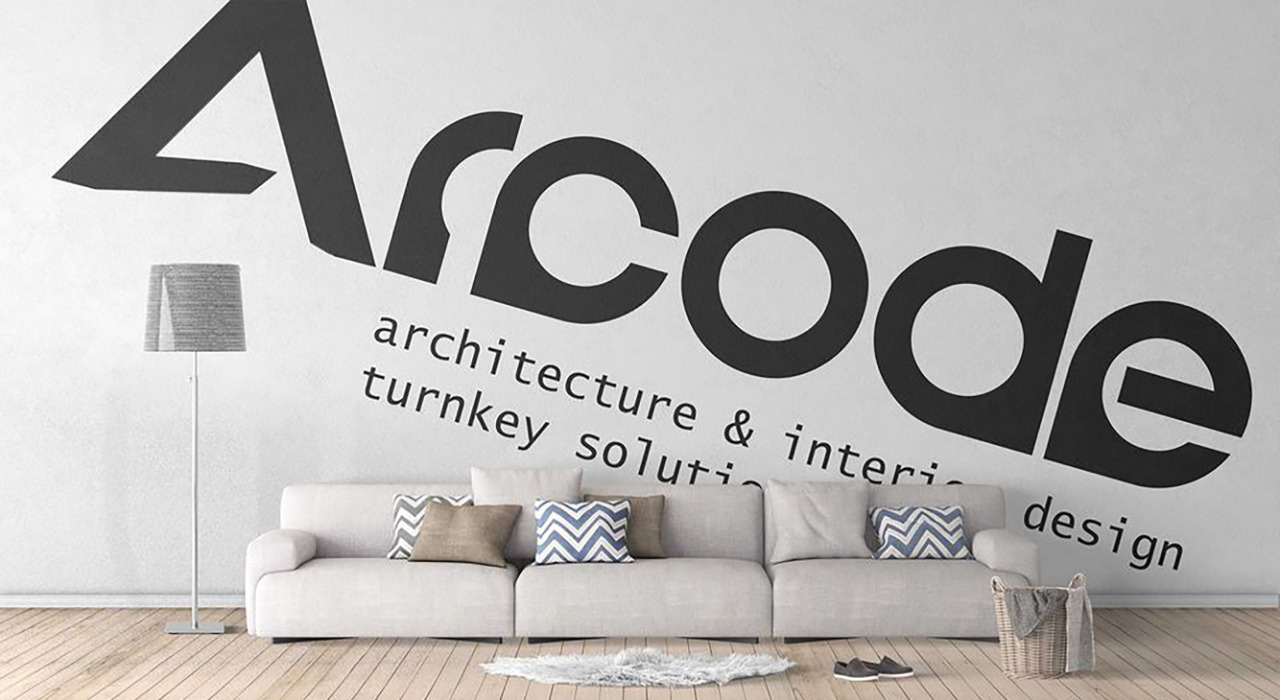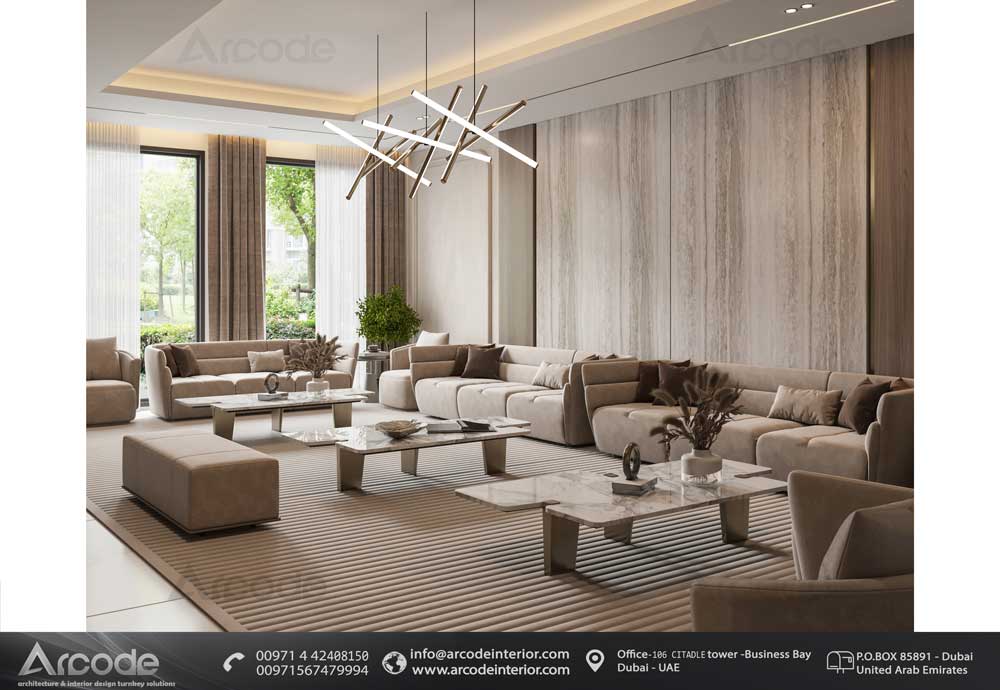Majlis
Majlis 1
Majlis Interior Design: A Fusion of Elegance and Tradition
The majlis, an important space in Middle Eastern homes, holds great significance in Arabian culture. Derived from the Arabic word "majlis", which means "a place for sitting", it serves as a gathering place for family and guests to socialize and engage in intellectual discussions. The interior design of the majlis reflects the rich heritage, customs, and traditions of the region, captivating visitors with its elegant and welcoming atmosphere.
Majlis interior design is characterized by a unique blend of opulence, intricacy, and cultural elements. Traditional Arabesque patterns, geometric motifs, and calligraphy art grace the walls, floors, and ceilings, adding a touch of artistic grandeur. The use of rich and warm colors like gold, red, brown, and azure further enhances the sense of luxury and creates a cozy and inviting ambiance.
Furniture plays a pivotal role in majlis interior design. Typically, low-seating arrangements prevail, with cushions, couches, and floor pillows adorned in luxurious fabrics such as silk, damask, or velvet. The custom of removing shoes before entering ensures cleanliness, as well as encourages a relaxed and informal environment. This seating style promotes intimacy, conversation, and fosters a strong sense of community within the majlis.
Every detail in a majlis is carefully chosen to reflect local customs and cultural identity. Ornate light fixtures, such as exquisite chandeliers and beautiful lanterns, dangle from the ceilings, casting a gentle glow upon the space. Traditional rugs with intricate designs, often highlighting floral or geometric patterns, cover the floors, adding warmth and comfort. Majestic drapes made of fine fabrics elegantly frame the windows and create privacy, while softening the natural light entering the room.
Modern majlis designs incorporate contemporary elements to strike a balance between tradition and innovation. The integration of newer materials, sleeker lines, and minimalist aesthetics bring a fresh perspective to this historic space. Functionality is also a key consideration, with hidden storage compartments and technology seamlessly incorporated into the design, catering to the needs of the modern age.
The majlis represents more than just an aesthetically pleasing space; it is a reflection of Arabian cultural values and traditions. It embodies the spirit of hospitality, generosity, and respect for guests, where the vibrant tapestry of ancient traditions blends harmoniously with contemporary tastes. Whether used for formal gatherings or casual conversations, the majlis interior design serves as a testament to the enduring allure of Arabian culture and its commitment to preserving heritage in a rapidly changing world.
Project
Category




